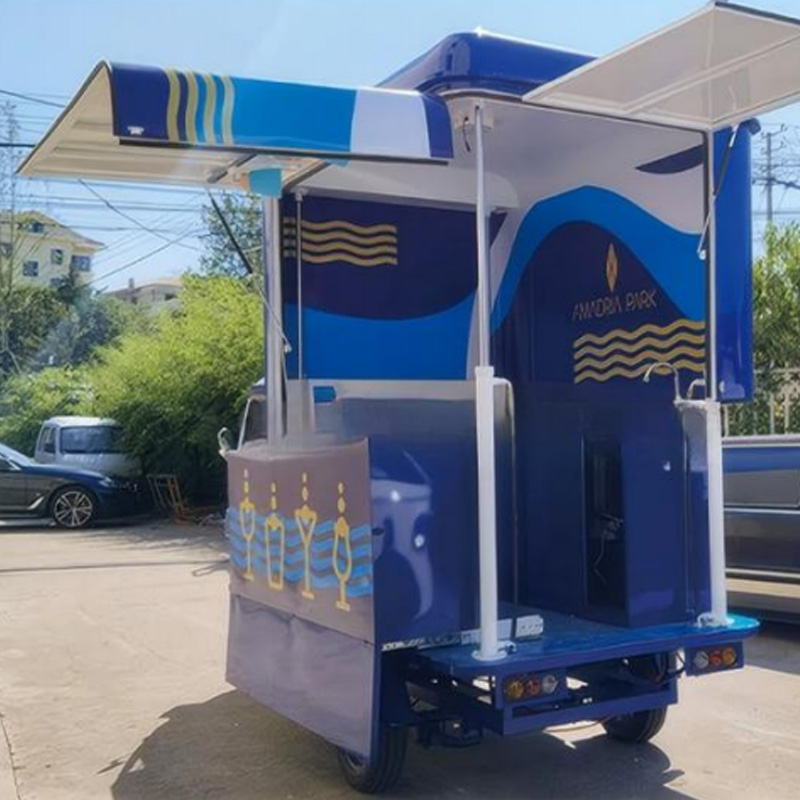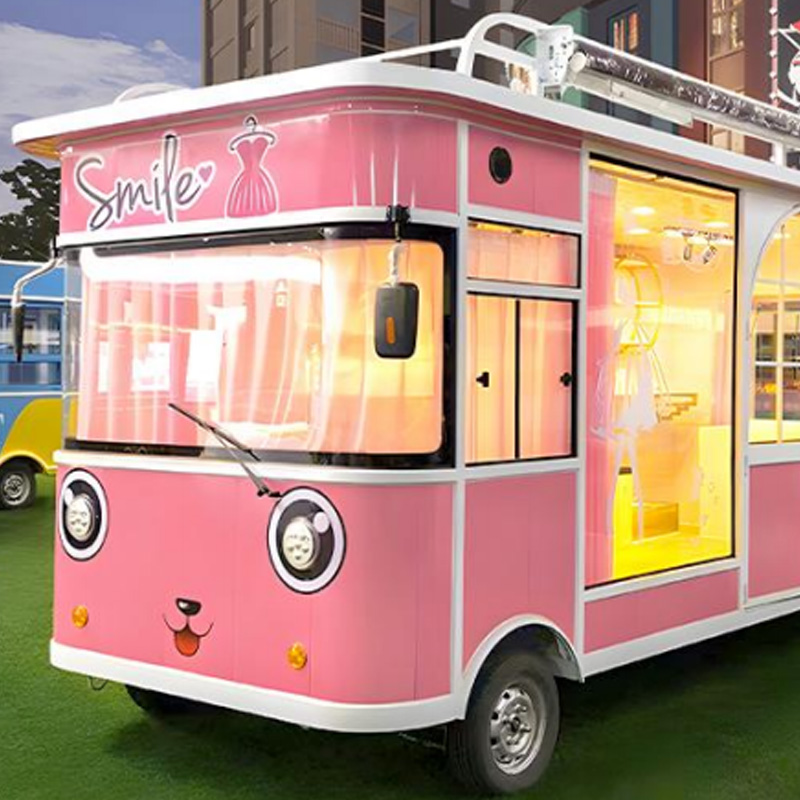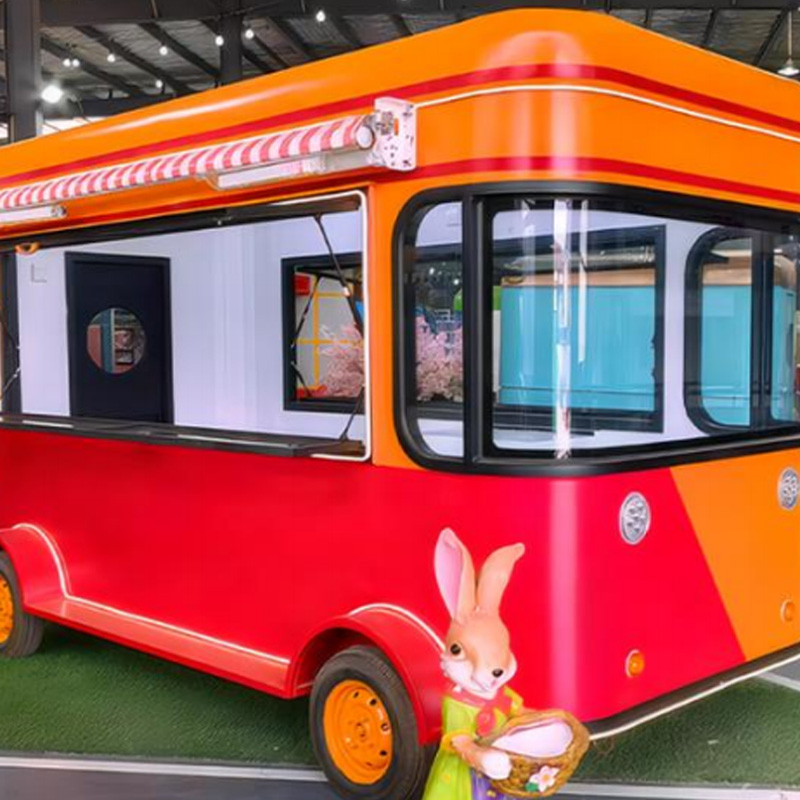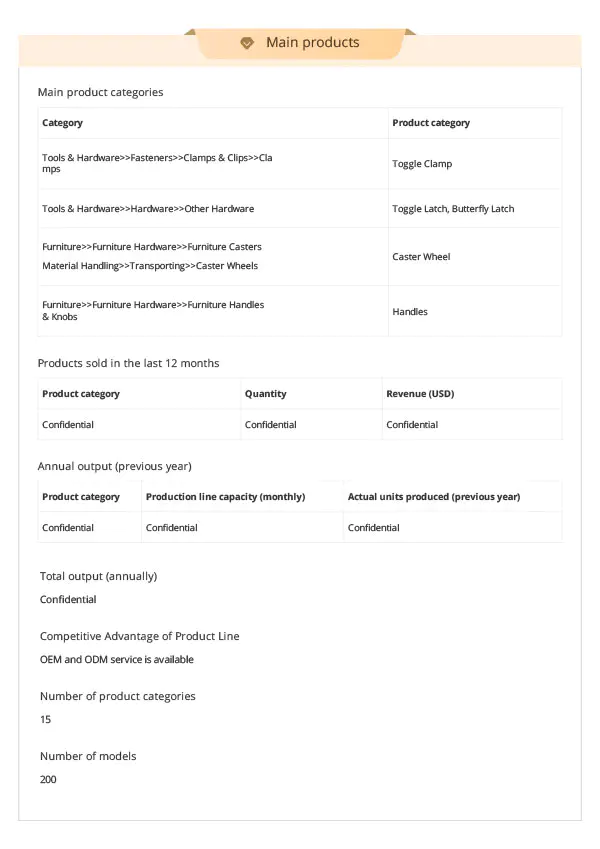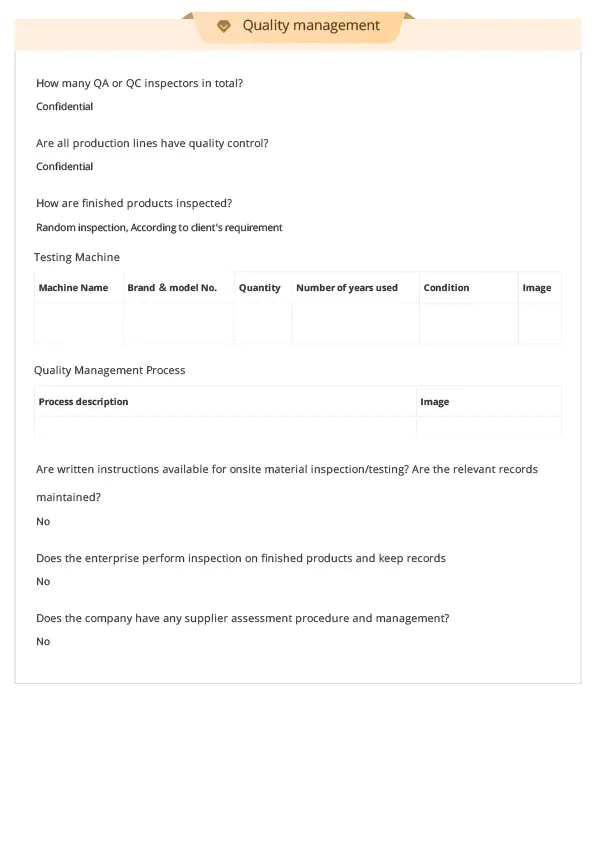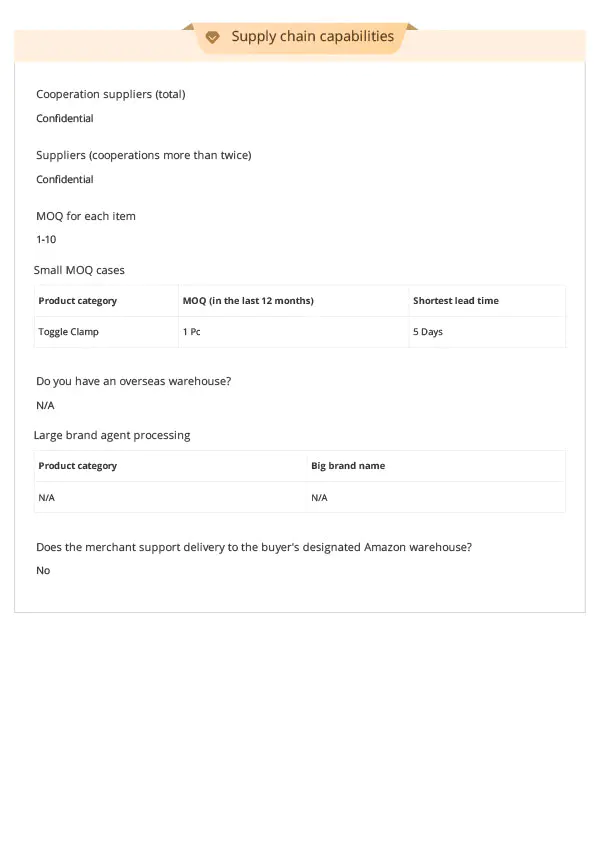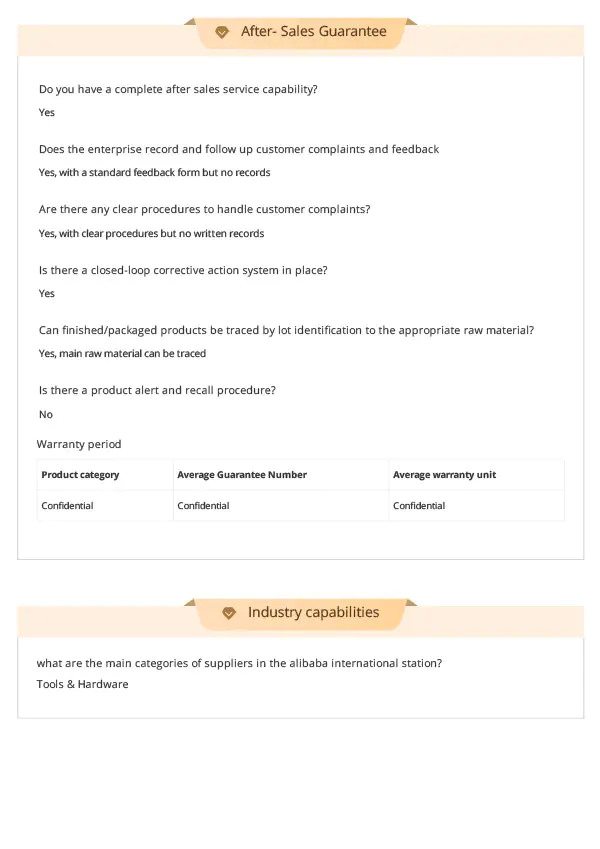
-
2010
Founded In 2010
-
15,000m²
15000m ² Advanced Factory Building
-
2,800,000
Annual Shipment Volume Of 2800000 Packages
-
43+
43 Factory Employees
If you would like to learn more about our products, please feel free to contact us and we will do our to assist you.
-
1. Material composition: A variety of steels give diverse performances The main material of Steel J...
READ MORE -
Assembly process of rivet quick lock puller The assembly of Rivet Quick Latch Buckle Puller Latch...
READ MORE -
1. Strictly follow the assembly criteria of design requirements The assembly of the horizontal togg...
READ MORE -
Sturdy engineering plastic lightweight arm: the perfect combination of strength and lightness The...
READ MORE -
As a common carbon structural steel, A3 steel has certain advantages in strength, plasticity and we...
READ MORE
How can manufacturers of flightcase casters further optimize the multi-directional rotation design to ensure that flightcase casters can achieve smooth and efficient movement at various angles and terrains?
Material selection:
Choose wear-resistant and durable materials such as nylon, polyurethane or rubber to improve the service life of the caster and its adaptability in different terrains.
Consider using high-strength materials to enhance the load-bearing capacity of the caster, especially when designing heavy-duty load-bearing wheels, you can choose iron core or aluminum core as the bearing material.
Structural design:
Optimize the bracket structure of the caster to ensure that it can remain stable when carrying heavy objects. According to the usage scenario and conditions, balance the relationship between wheel diameter and stability and choose the appropriate wheel diameter size.
Introduce a locking mechanism in the design to allow the rotation function to be locked when stability is required to improve stability. At the same time, retain flexibility to ensure that the direction of travel can be easily adjusted when needed.
Layout optimization:
Disperse the load pressure by increasing the number of casters to improve overall stability. For example, set casters at the four corners of the aviation box to form the largest support area.
Adjust the layout of the casters to make it more adaptable to different terrains and angles. For example, in scenarios where frequent steering is required, the number of universal wheels can be increased to improve steering flexibility and efficiency.
Connection design:
Improve the connection method between the caster and the aviation box to solve the wear and detachment problems that are prone to occur in traditional connection methods. For example, the use of springs, cotter pins and other designs ensures a firm connection between the caster and the aviation box.
Maintenance and care:
Emphasis on the importance of caster maintenance and care to maintain its good performance. It is recommended that users clean the wheel body and bearings regularly, check the tightness and wear of the caster, and replace severely worn parts in time.
Adaptability and customization:
Provide caster options of different sizes, load capacities and special functions to meet the personalized needs of different users. For example, provide dedicated caster solutions for specific terrains or industries.
How can suppliers of flightcase wheel well ensure the durability and stability of flightcase wheel well under long-term use and frequent movement?
Reasonable functional design:
Avoid unnecessary multi-functional design, as too many functions may increase costs without necessarily improving durability.
Focus on the core functions of casters, such as load-bearing capacity, wear resistance and flexibility, to ensure that they meet the long-term and frequent use needs of aviation boxes.
Strict quality control:
Implement a strict quality management system, such as ISO9001 quality certification, to ensure that every link in the production process of casters meets quality standards.
Screen and test raw materials to ensure that the materials used have sufficient strength and wear resistance.
Optimize the use cycle:
Set a reasonable caster use cycle, and design and produce on this basis to ensure that the caster can meet the long-term use needs of flightcases.
By using high-quality materials and optimized design, the service life of casters can be extended and the replacement frequency can be reduced.
Compatibility and compatibility testing:
If the aviation box needs to be used with other equipment or accessories, ensure the compatibility of the caster with other components and perform compatibility testing.
Through compatibility testing, the stability and durability of the caster in different environments and usage conditions can be ensured.
Material selection and manufacturing process:
Choose wear-resistant and impact-resistant materials, such as high-quality rubber or high-strength plastic, to improve the durability of casters.
Adopt advanced manufacturing processes and technologies, such as precision casting, heat treatment, etc., to improve the strength and stability of casters.
Continuous R&D and innovation:
Continuously invest in R&D resources to explore new materials and manufacturing technologies to improve the durability and stability of casters.
Follow industry development trends and changes in user needs, and adjust product design and production strategies in a timely manner to meet market demand.

 English
English Español
Español русский
русский